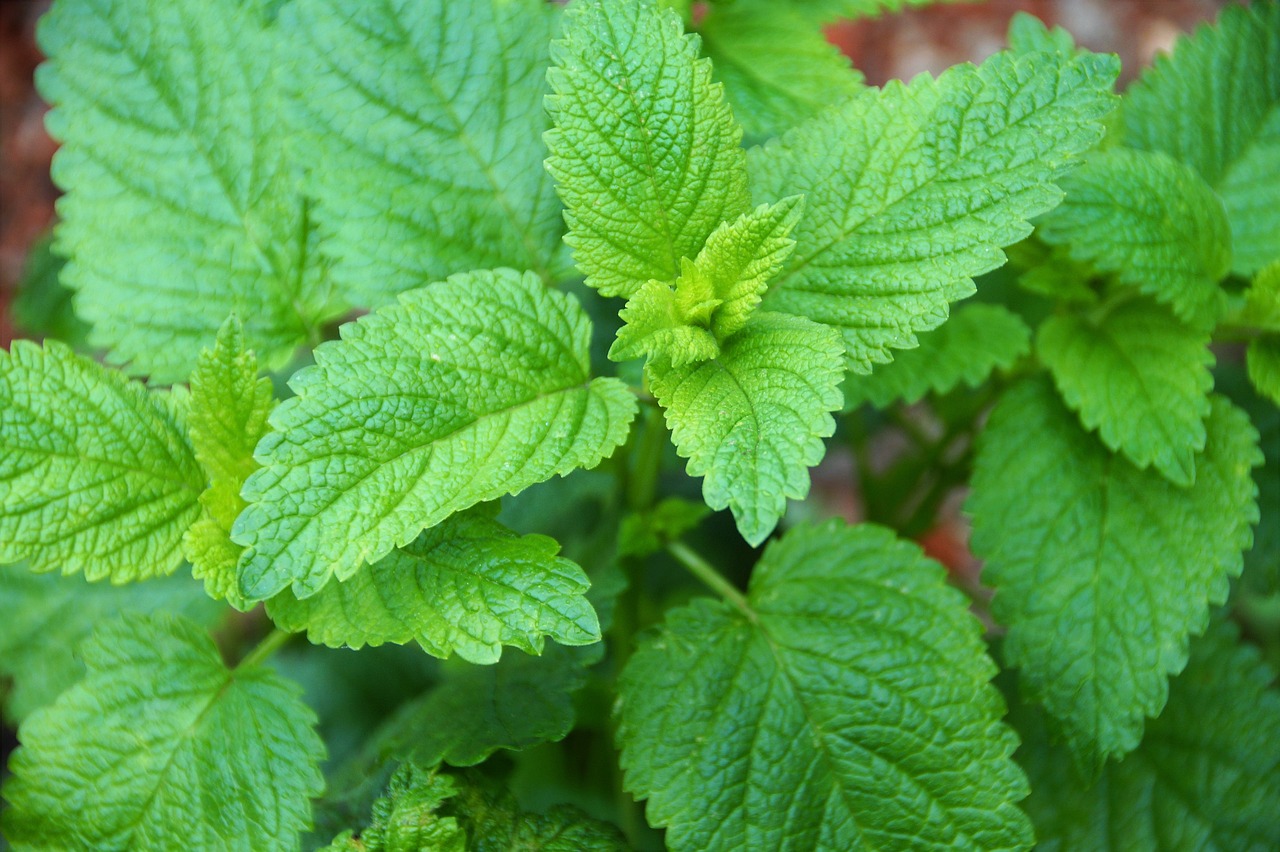Lemon Balm | A Healing Fragrance from Medieval Gardens

Lemon balm is an herb with a refreshing lemon scent that makes it an ideal choice for gardening with fragrance. Easy to grow in gardens or pots, it adds a pleasant aroma to any green space.
Historically used in Europe for both cooking and rituals, lemon balm has long been cherished for its soothing fragrance, believed to promote relaxation.
In this article, I will introduce the essential facts, cultural background, and gardening tips for lemon balm in detail.
Basic Information
- Scientific name: Melissa officinalis
- Family: Lamiaceae (Mint family)
- Origin: Mediterranean coast, Southern Europe
- Appearance: A perennial herb growing 30–90 cm tall with bright green leaves. The leaves are soft and release a refreshing lemon fragrance when gently rubbed. The small flowers, white or pale purple, bloom in summer.
- Blooming season: Early to mid-summer. Although it flowers, the main attraction is its aromatic leaves rather than its blossoms.
Cultural Significance Around the World

Lemon balm is not only enjoyed in gardens and balconies for its fragrance but also incorporated into lifestyle and interior decoration.
In Europe, it is popular in small urban gardens and balcony spaces, where families cultivate it to enjoy its fresh scent.
Its gentle fragrance also makes it a common addition to flower arrangements and bouquets. For events and parties, lemon balm is used as a decorative herb, adding a natural aroma to table settings and creating a relaxed atmosphere.
Beyond its ornamental role, lemon balm is often featured in wellness and lifestyle magazines in Europe and the United States, where the use of fresh herbs is promoted as part of a calming daily habit.
In modern cafés and restaurants, lemon balm leaves are used to add fresh flavor to dishes and drinks. From dessert garnishes to herbal water, lemon balm has become a key ingredient in natural menus.
Historical Background
Lemon balm has been cultivated since ancient times.
The Greek scholar Theophrastus recorded it in his botanical works, noting its calming properties. During Roman times, it was valued for garden decoration and sacred rituals.
In medieval Europe, lemon balm was widely grown in monastery gardens. Monks valued it highly as a fragrant plant that enriched their daily lives.
Charlemagne encouraged the cultivation of lemon balm and other herbs, spreading its presence in monastic and castle gardens.
In England, during the Elizabethan era, gardening culture flourished, and lemon balm became a staple of herb gardens, firmly establishing its place in European horticultural tradition.
Gardening Advice

Lemon balm is easy to grow, making it suitable even for beginners. It adapts to a wide range of conditions, from sunny spots to partial shade, though full sun enhances the fragrance of its leaves.
It prefers fertile, well-drained soil. When planted in gardens, its vigorous growth requires careful management to prevent excessive spreading.
Watering should be moderate, avoiding both drought and waterlogging, as poor drainage can cause root rot.
During the growing season, pruning helps keep the plant compact and encourages fresh new leaves.
In cold climates, the above-ground part dies back in winter, but new shoots emerge in spring.
For potted plants, use well-ventilated pots and occasionally rotate them to ensure even sunlight exposure. Fertilizer should be applied sparingly to encourage natural growth.
Conclusion
Lemon balm is an ideal herb for aromatic gardening. Deeply rooted in European history and culture, it is easy to grow and brings a refreshing fragrance to gardens and balconies.
I encourage you to cultivate lemon balm in your garden or pots and enjoy its uplifting scent in your daily life.




